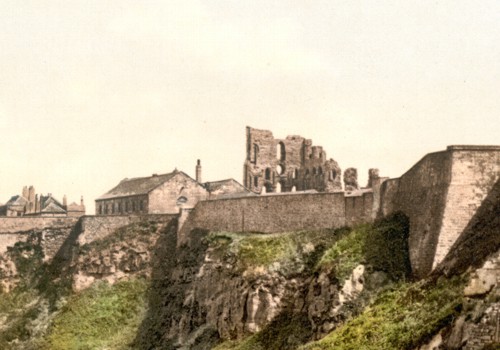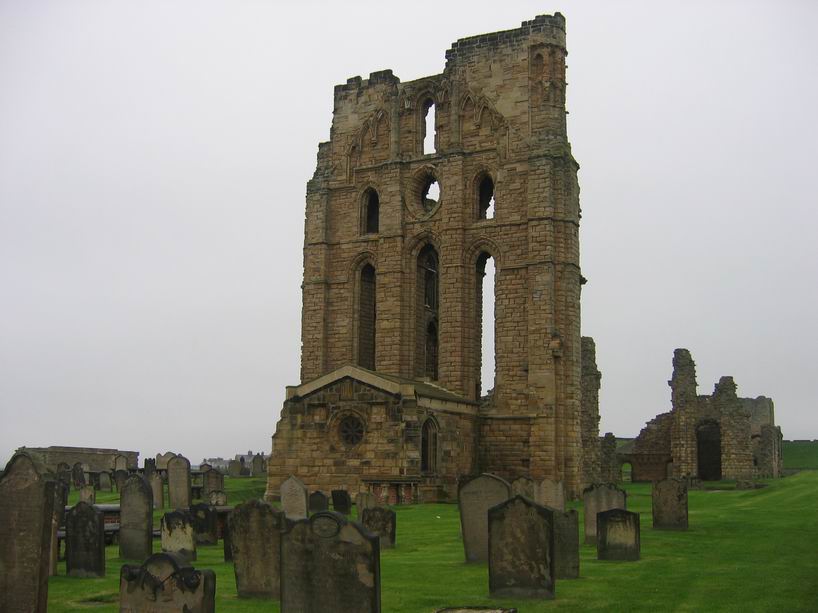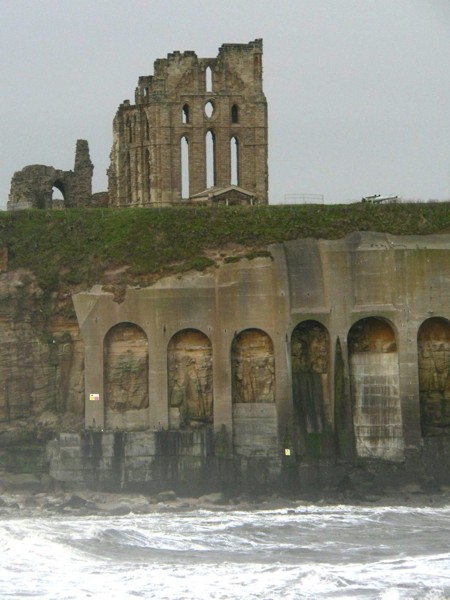
(go to Abbey Pages Home)
(go to Monastic Pages Home)
(go to Historyfish Home)
Leave a Comment
 |
<<Back
to Abbeys of the British Isles. (go to Abbey Pages Home) (go to Monastic Pages Home) (go to Historyfish Home) Leave a Comment |
 |
   |
||
|
Tynemouth
Priory
![[Tynemouth, Newcastle-on-Tyne, England]](../images/abbeys/british_isles/tynemouth_cliff_100.jpg) Download a 150 KB version
of this image.
 I enlarged the top corner of the preceeding image to get a closer look. Download a 376 KB version of the above image.  
Tynemouth Priory viewed from Tynemouth pier.
Photo by Chris McKenna 2005
This file is licensed under the Creative Commons Attribution ShareAlike license.
Back to top
|
||
|
Copyright (c) Richenda Fairhurst and historyfish.net, 2007 All rights reserved. No commercial permissions are granted. Keep author, source and copyright permissions with this article. Historyfish intends to generate discussion through shared information and does not claim to provide, in any way, formal, legal, or factual advice or information. These pages are opinion only. Opinions shared on historyfish are not necessarily the opinions of historyfish editors, staff, owners or administrators. Always consult proper authorities with questions pertaining to copyrights, property rights, and intellectual property rights. |
||